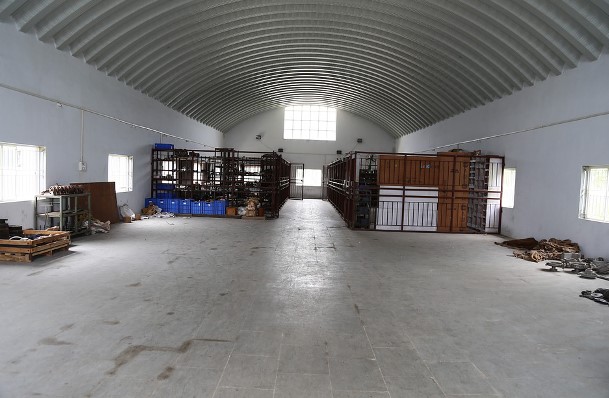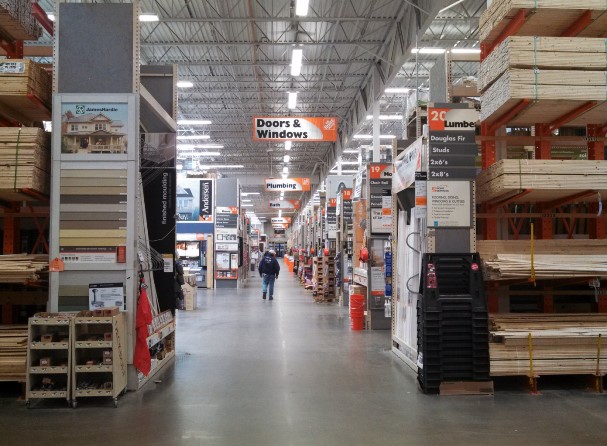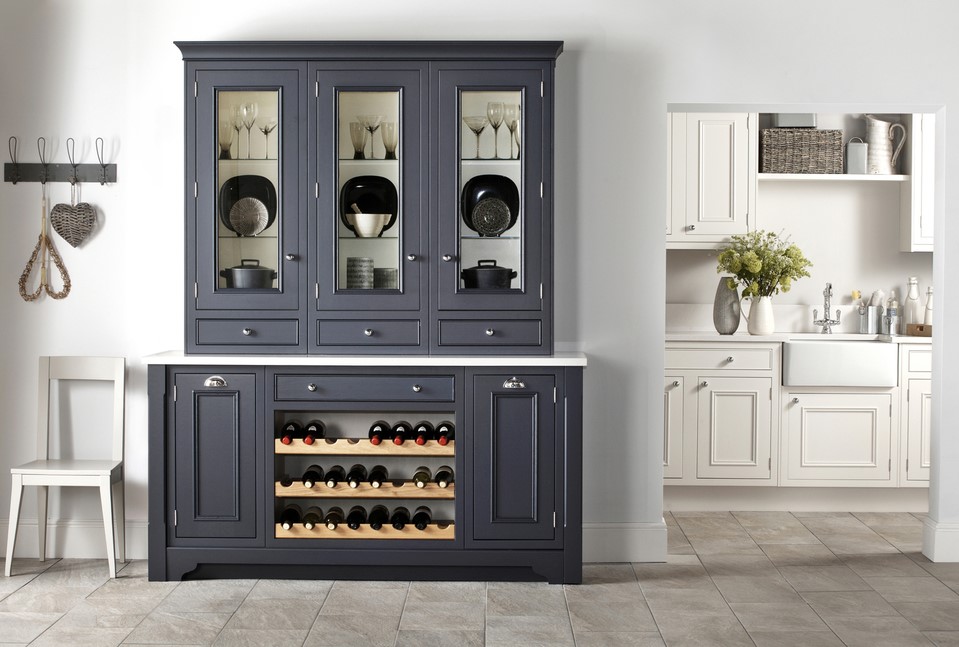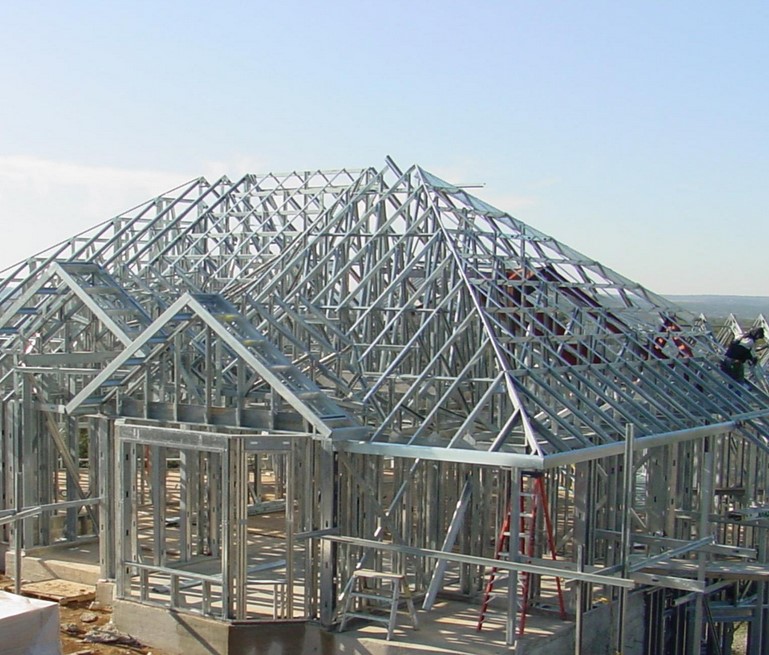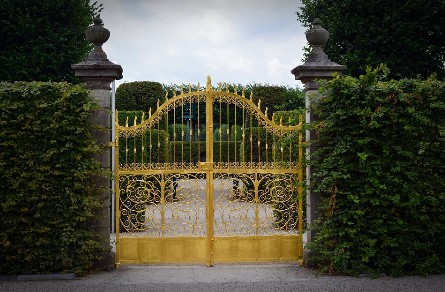
Fenced or walled properties need gates. These can be timber, steel, or iron gates. Imagine not having one for a walled or fenced property. It’s possible, but it infers that the entry/exit point will be kept permanently open. What’s the use of having fences if the open part will just enable unregulated access? Aside from this, there are other reasons why you have to be mindful of your choice for a gate.
Security
Gates should be strong enough to prevent forced access. It should not easily break down after some amount of force is exerted on it. At the minimum, gates should be stronger than doors. Additionally, they need secure locks that are easy to open with the right key and difficult to tamper with. Preferably, gates should have at least two locks: one that can be easily opened from inside or outside and another that can only be opened with a key. If the gate has no lock-and-key feature, it should at least have a part that can be padlocked.
Ease of use
Gates are meant to regulate access to a walled or fenced perimeter. As such, they should not be a hurdle but a way for securely controlling entry or exit. It does not make sense having a gate that is too big and heavy that it takes a lot of effort opening and closing it. The gate should also be suitable for the location where it is installed. For example, if you have a sloping driveway or you don’t have a wide enough driveway, it’s better to choose a sliding gate instead of a swing gate. Even if you have a swing gate with two-way hinges, it would be difficult to use it if the space from the gate to your house or building is almost similar to the length of the car and if the paving in front of your property is too narrow.
Moreover, if you are planning to install an automated gate opener later on, it’s important to choose a gate that can be easily retrofitted or adjusted to accommodate the installation of new implements.
Aesthetic Compatibility
The way a gate looks also matters. They are not cheap so if you are spending good money on them, better make sure that they are aesthetically compatible with your walls and building. If you are aiming for a modern style, a timber gate looks out of place. Metal gates would be better, or you can choose one that combines metal and wood. Make sure that what you choose enhances kerb appeal, not ruins it. If you are not confident about your sense of style, consult those in the know.
Don’t pick a gate simply because somebody recommended it, or you like its appearance. Make sure that it adds to the security of your property, is suitable for the location, and easy to use. It should make it convenient to enter or exit your property. Additionally, its style or design should match your home or property. Don’t settle for a generic option, let alone a poor choice.
Image: Pixabay.com
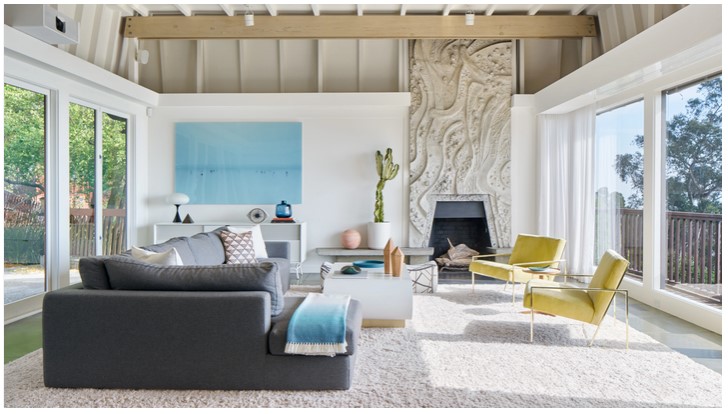 Welcome to Fireside Focus, your source for brick fireplace decorating ideas to transform your hearth. Whether you’re looking to give your fireplace a complete makeover or just want to add a few touches to spruce up your existing look, we have plenty of ideas to help you get started. From classic to modern, rustic to contemporary, we’ll show you how to make your fireplace the focal point of your living space. From choosing the right materials to adding the perfect accessories, we’ll provide you with all the tips and tricks you need to create a beautiful and inviting atmosphere. So, let’s get started and explore the possibilities of transforming your fireplace into a stunning centerpiece.
Welcome to Fireside Focus, your source for brick fireplace decorating ideas to transform your hearth. Whether you’re looking to give your fireplace a complete makeover or just want to add a few touches to spruce up your existing look, we have plenty of ideas to help you get started. From classic to modern, rustic to contemporary, we’ll show you how to make your fireplace the focal point of your living space. From choosing the right materials to adding the perfect accessories, we’ll provide you with all the tips and tricks you need to create a beautiful and inviting atmosphere. So, let’s get started and explore the possibilities of transforming your fireplace into a stunning centerpiece.